Architect Antoine Predock died on March 2, at age 87, at his home in Albuquerque. In a 65-plus-year career, he sought to create buildings that were, as he often put it, “grounded in the earth yet soaring toward the sky.” Many were inspired by the landscapes of the American Southwest—its forms, its hues, its spiritual qualities—as well as his travels to ancient structures abroad. Although he was born in Lebanon, Missouri, on June 24, 1936—and, at one point, his Albuquerque firm had satellite offices in both Los Angeles and Taipei—he had a strong affinity for New Mexico. “He always felt the high desert had taught him how to be an architect,” recalls Paul Fehlau, managing principal of Antoine Predock Architect PC (APA). “The idea was to take those lessons out into the world.”
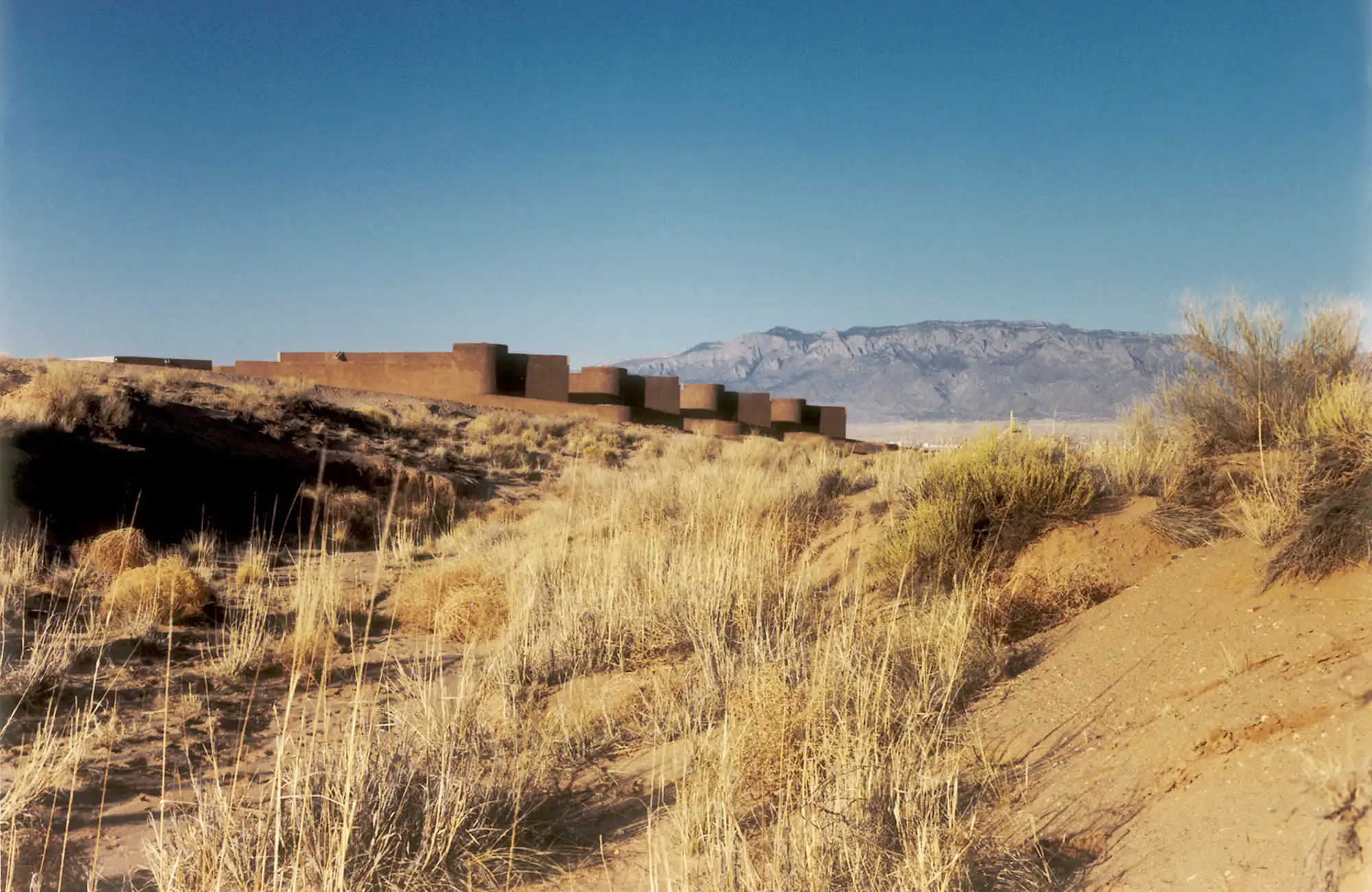
1
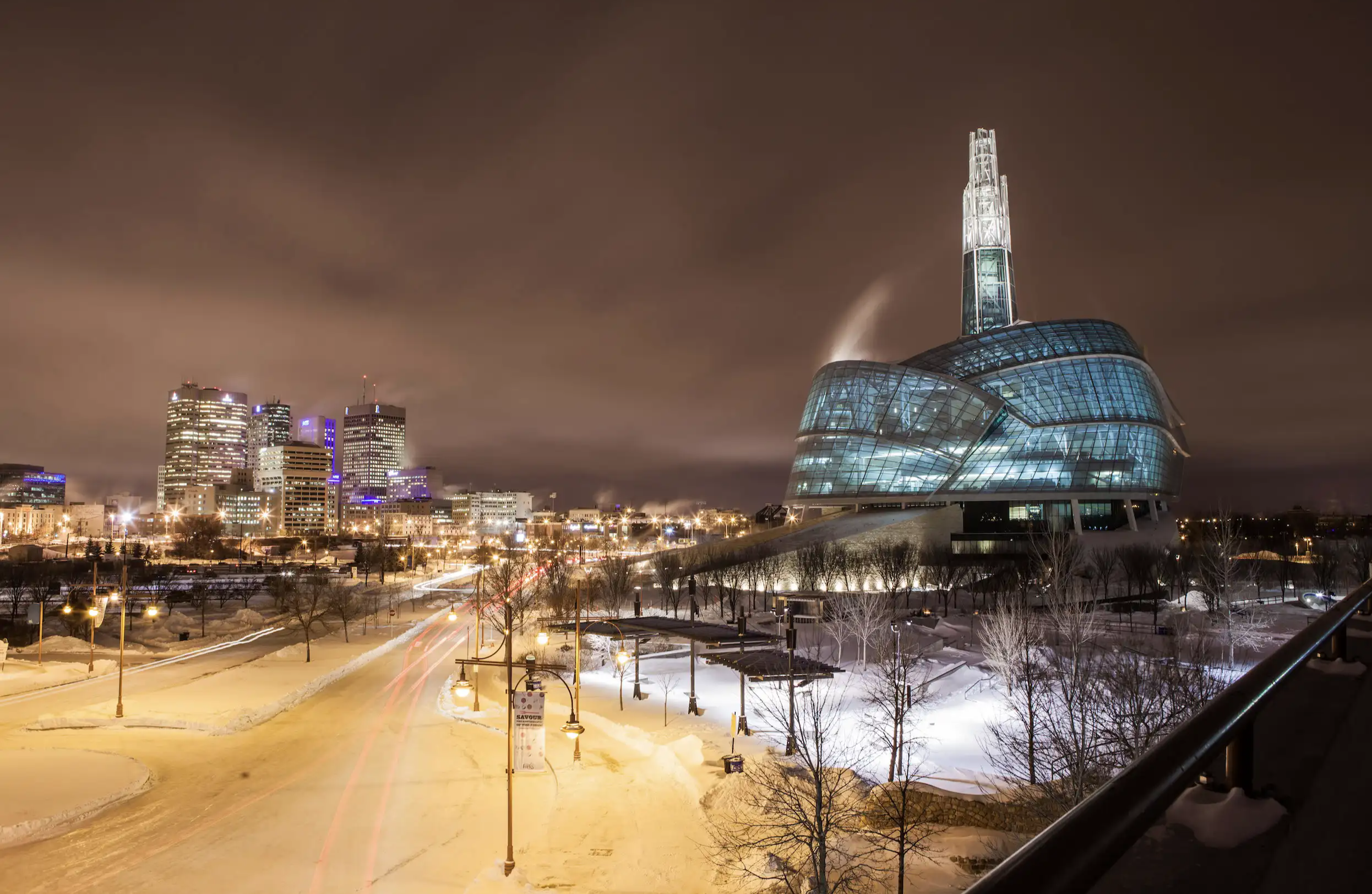
2
La Luz Community. Albuquerque (1); the Canadian Museum for Human Rights, Winnipeg (2). Photos © Jerry Goffe (1), Aaron Cohen (2).
A dynamic, sometimes daredevil figure, who owned about 100 motorcycles—from rare vintage bikes to state-of-the-art electric ones—Predock rode into his 80s. But, about five years ago, according to his wife, sculptor Constance DeJong, he was diagnosed with a progressive interstitial lung disease. “Still, he was incredibly engaged in his work right to the end,” says DeJong. “Just last week, he was on a Zoom to Costa Rica for one of his residential projects there.”
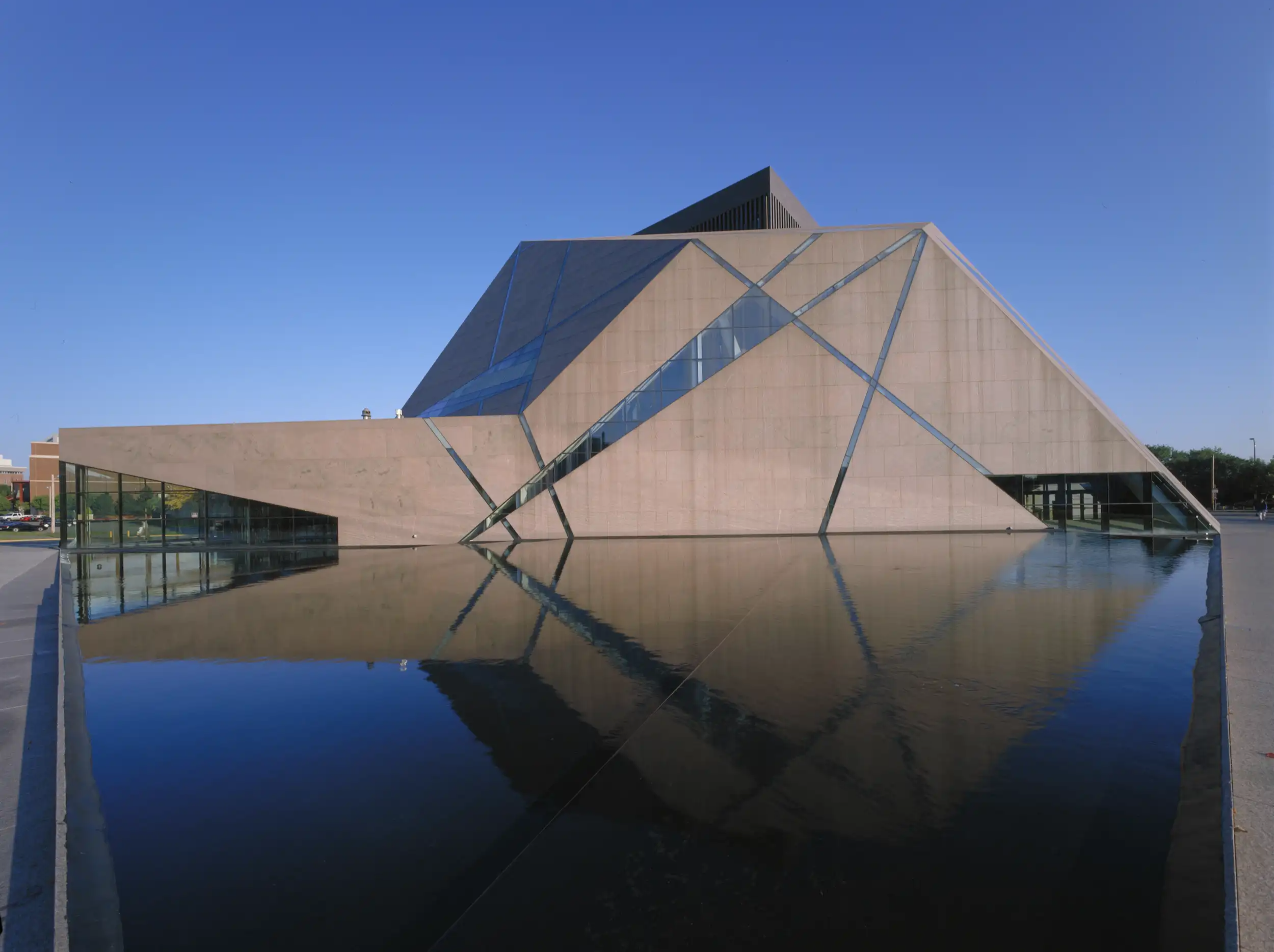
3
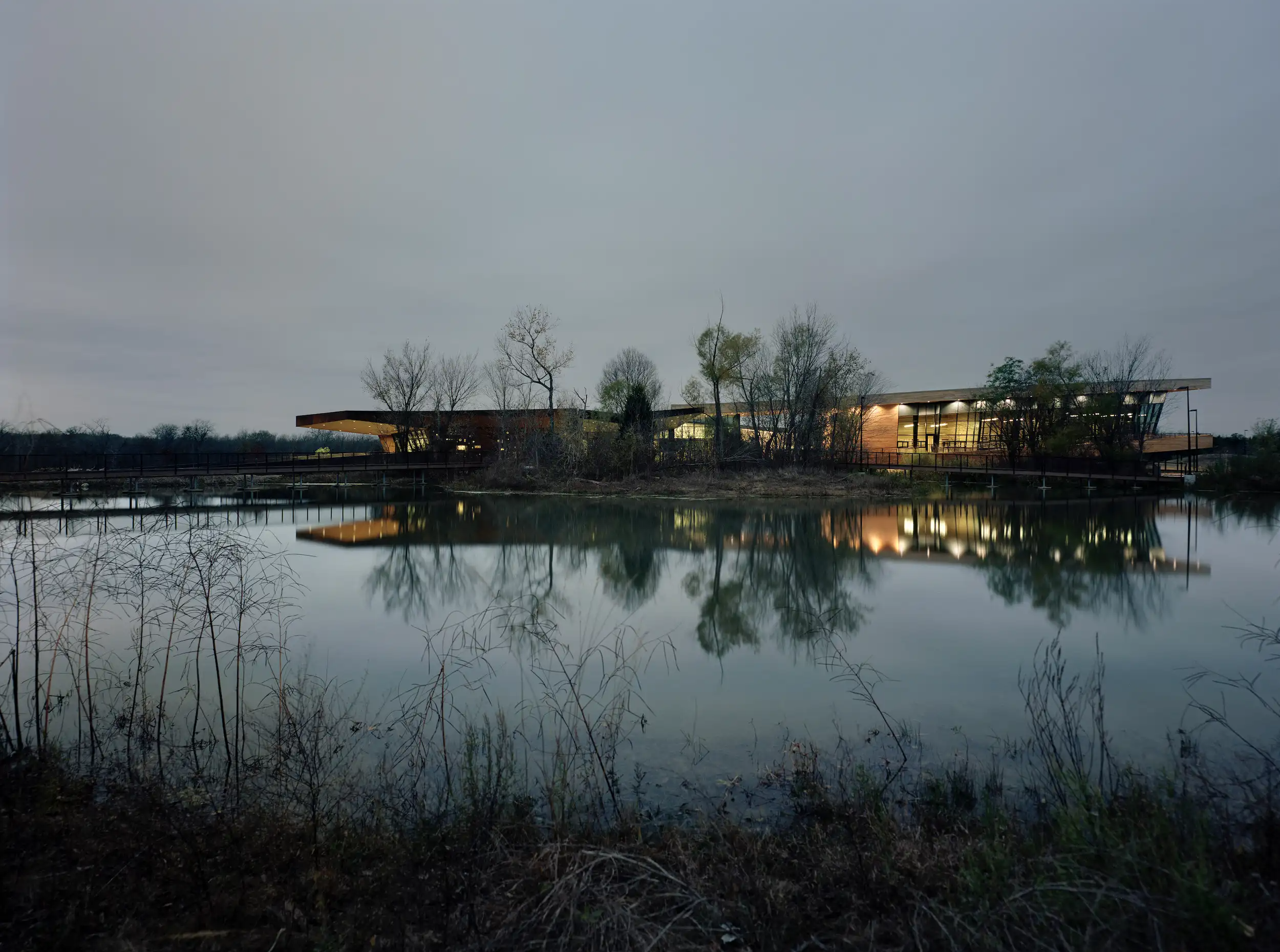
4
McNamara Alumni Center, University of Minnesota (3); Trinity River Audubon Center, Dallas (4). Photos © Tim Hursley
The son of an engineer father and an artistic mother, Predock began college at the University of New Mexico, initially pursuing an engineering degree, but eventually transferred to Columbia University to study architecture. Upon graduation, in 1962, he won a year-long travel fellowship from Columbia, allowing him to explore Spain, Portugal, and other parts of Europe, where he began the remarkable series of sketchbooks that would extend throughout his life. In 1985, more key drawings emerged during his time as a fellow at the American Academy in Rome. With just a few fluid lines in India ink (and sometimes flashes of overlaid color), he would capture the essence of structures from antiquity, including the Parthenon, as well as landscapes, churches, cityscapes, and monuments. Reflecting on the life-altering impact of those experiences abroad, he wrote in 2002, “It was [as] a student traveling in Spain on a motorbike in the 1960s that I first encountered the Alhambra. I had limited understanding of Moorish architecture, since [my] architectural history courses […] had barely touched on non-Western models. This moving, unforgettable encounter revealed a spatial realm that inalterably affected my path in architecture.”
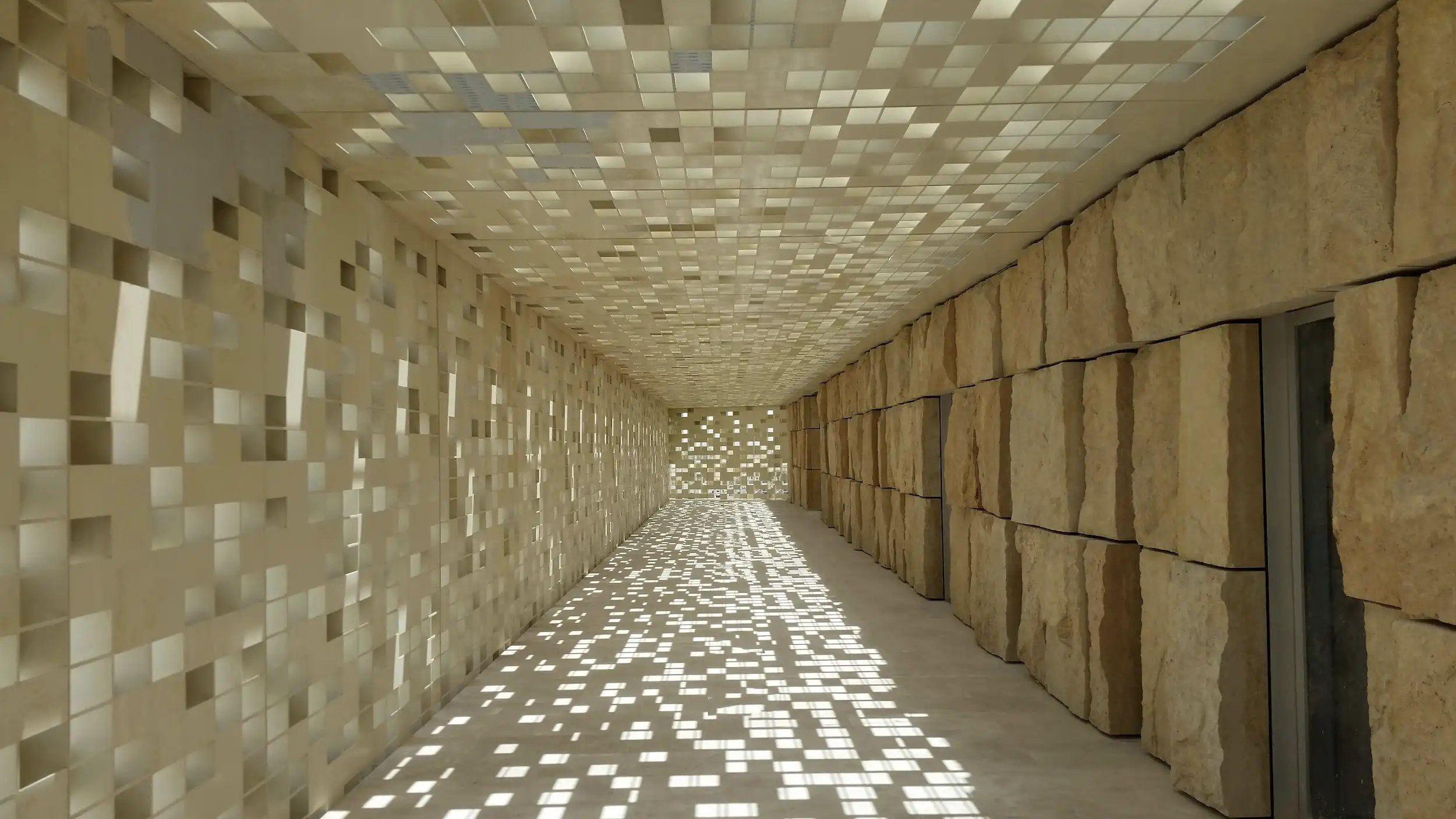
Center for Journalism and Communication, Education City, Doha, Qatar. Photo © Antoine Predock Architect
After apprenticing with I.M. Pei in New York, The Architects Collaborative in Cambridge, Massachusetts, and Gerald McCue in San Francisco, Predock founded his own firm, in 1967, in Albuquerque. The practice developed a primary focus on residential and institutional work, such as museums and academic buildings.
One of its first projects to gain national recognition was La Luz (1967-74), a planned townhouse community on Albuquerque’s west side, terraced on open land between the Rio Grande River and Sandia Mountains. With exposed adobe walls, the buildings’ earth tones and curving, clustered forms nestle compatibly into the landscape. Modern yet vernacular, the structures balance private with communal outdoor space, opening themselves to the natural world. The thick adobe shells also promote passive climate control (long before that was expected of new architecture).
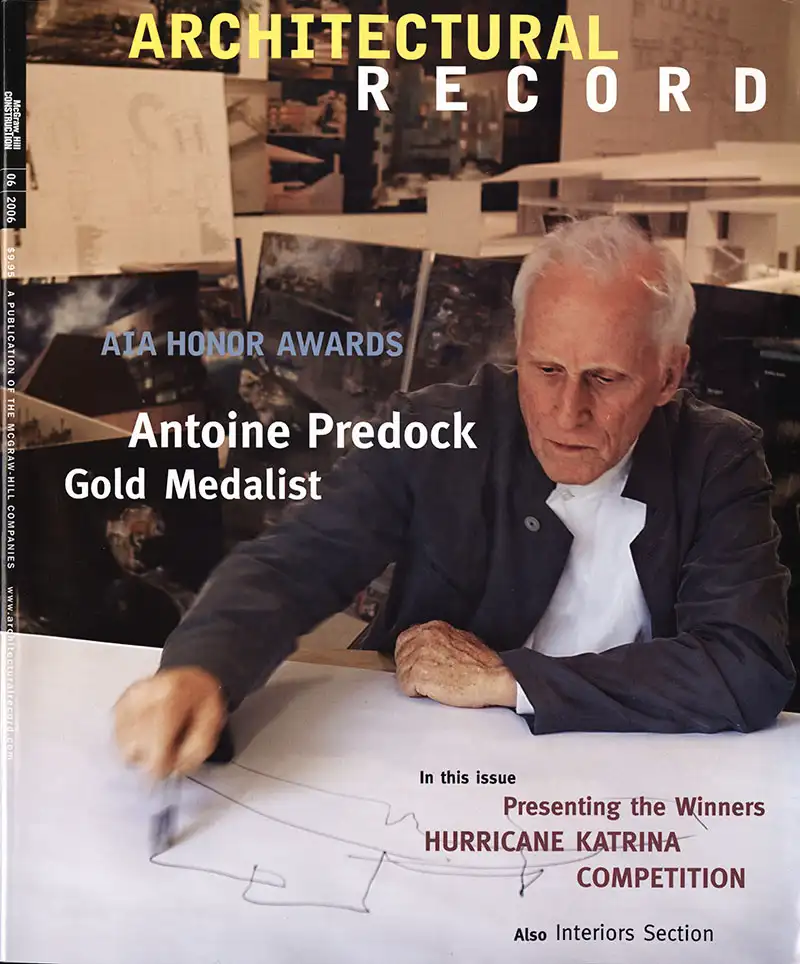
Predock featured on the June 2006 cover of RECORD in celebration of his AIA Gold Medal win. Photo © Architectural Record
In 1985, the firm won an invited competition to design the Nelson Fine Arts Center at Arizona State University in Tempe (completed in 1990), marking APA’s first major project outside of New Mexico—the practice has since built in Europe, Asia, Central America, the Mideast, and North Africa. Other noteworthy work includes several buildings on University of California campuses, at San Diego, Santa Cruz, and Davis; Tang Teaching Museum at Skidmore College (2000); the San Diego Padres Ballpark (2004); and Winnipeg’s Canadian Museum for Human Rights (2014). In 2006, the firm received the AIA Gold Medal; and, in 2007, Predock won the Cooper-Hewitt National Design Museum’s Lifetime Achievement Award.
Besides DeJong, Predock leaves two grown sons from his previous marriage, to dancer Jennifer Masley: Hadrian, an architect, and Jason, a lighting designer for film.

Nelson Fine Arts Center, Arizona State University, Tempe. Photo © Tim Hursley
In contemplating her husband’s contributions to architecture, DeJong says, “It was always about place, about how architecture related to it. Right from the start, he would always absorb himself in the site, doing many, many drawings not just of the surroundings, but also of the land, studying its character. Grounding architecture in its place was so important to him—I think that’s how he’d want his life’s work remembered.”
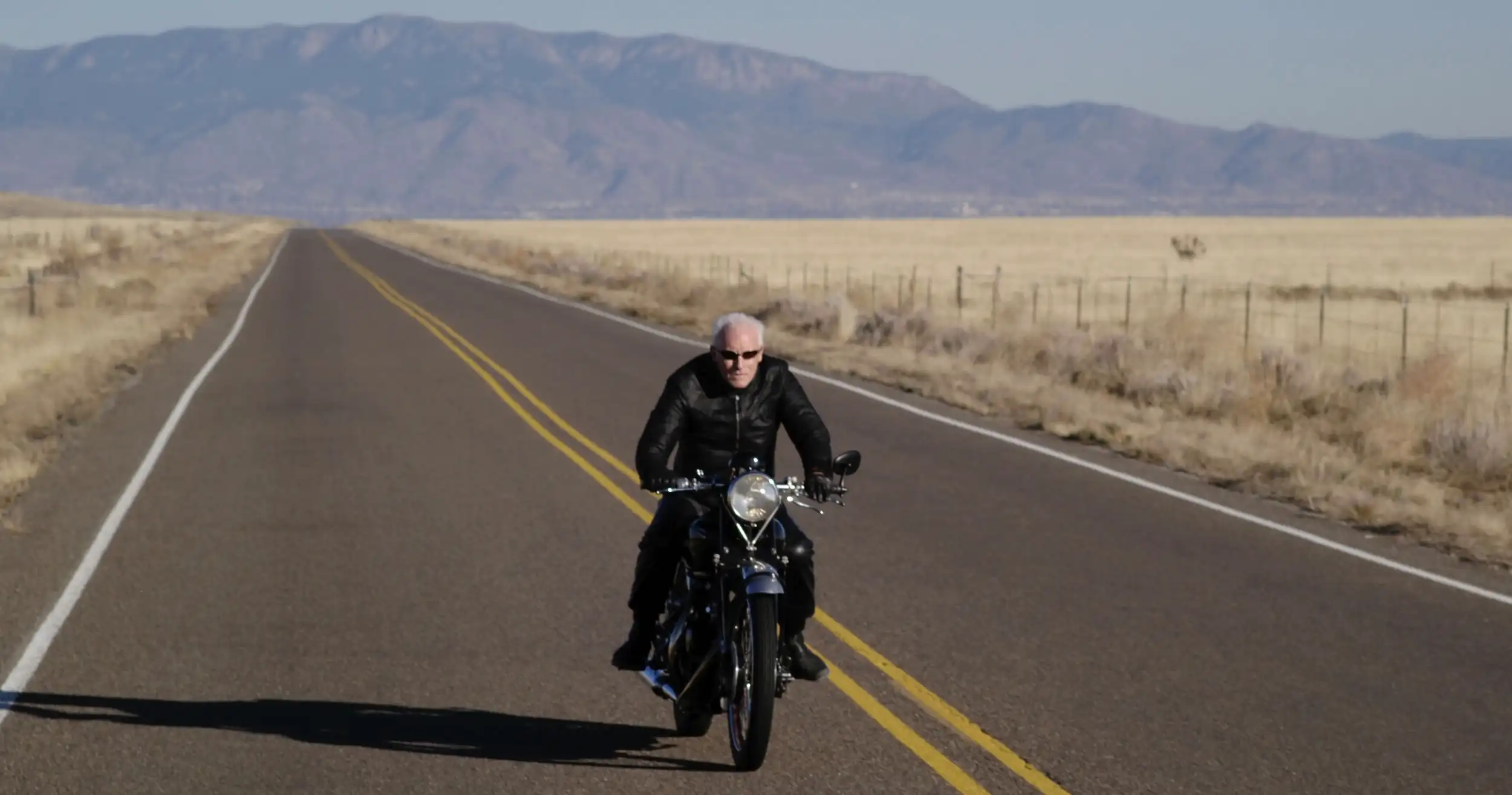
Predock on a Vincent Black Shadow, Albuquerque. Photo courtesy Mary Elkins



Post a comment to this article
Report Abusive Comment